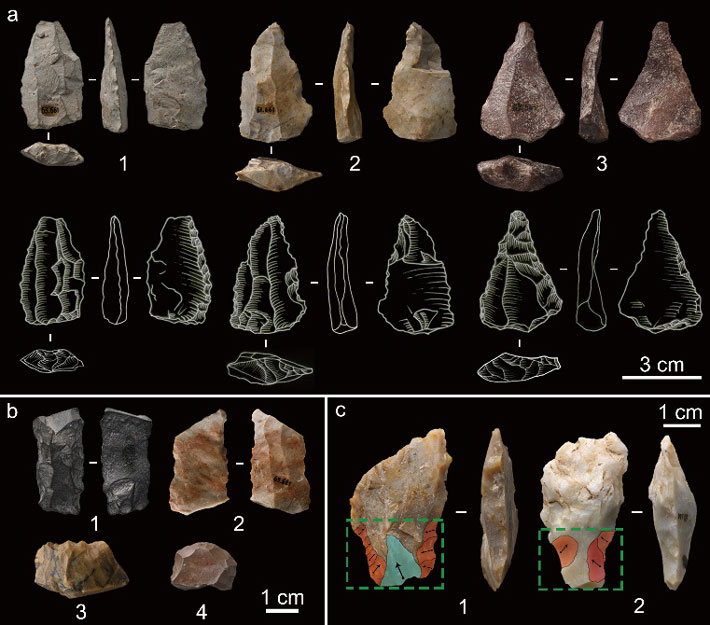 SHUOZHOU, CHINA—Cosmos Magazine reports that a collection of artifacts unearthed at the Shiyu site in northern China has been dated to 45,000 years ago by an international team of researchers using radiocarbon and luminescence dating methods. The artifacts, made by modern humans, includes a mix of Upper Paleolithic and Middle Paleolithic technologies, items made from imported obsidian, and a perforated graphite disk. The analysis of bones at the site, combined with the wear on the unusual group of tools, suggests that Shiyu inhabitants came from a mix of different cultures who adapted to the East Asian environment and hunted horses. “The site reflects a process of cultural creolization—the contact between societies and relocated peoples—blending inherited traits with novel innovations, thus complicating the traditional understanding of Homo sapiens’ global expansion,” commented team member Francesco D’Errico of the University of Bordeaux. For more on Chinese archaeology, go to "China's River of Gold."
SHUOZHOU, CHINA—Cosmos Magazine reports that a collection of artifacts unearthed at the Shiyu site in northern China has been dated to 45,000 years ago by an international team of researchers using radiocarbon and luminescence dating methods. The artifacts, made by modern humans, includes a mix of Upper Paleolithic and Middle Paleolithic technologies, items made from imported obsidian, and a perforated graphite disk. The analysis of bones at the site, combined with the wear on the unusual group of tools, suggests that Shiyu inhabitants came from a mix of different cultures who adapted to the East Asian environment and hunted horses. “The site reflects a process of cultural creolization—the contact between societies and relocated peoples—blending inherited traits with novel innovations, thus complicating the traditional understanding of Homo sapiens’ global expansion,” commented team member Francesco D’Errico of the University of Bordeaux. For more on Chinese archaeology, go to "China's River of Gold."
Blended 45,000-Year-Old Toolkit From Northern China Examined
